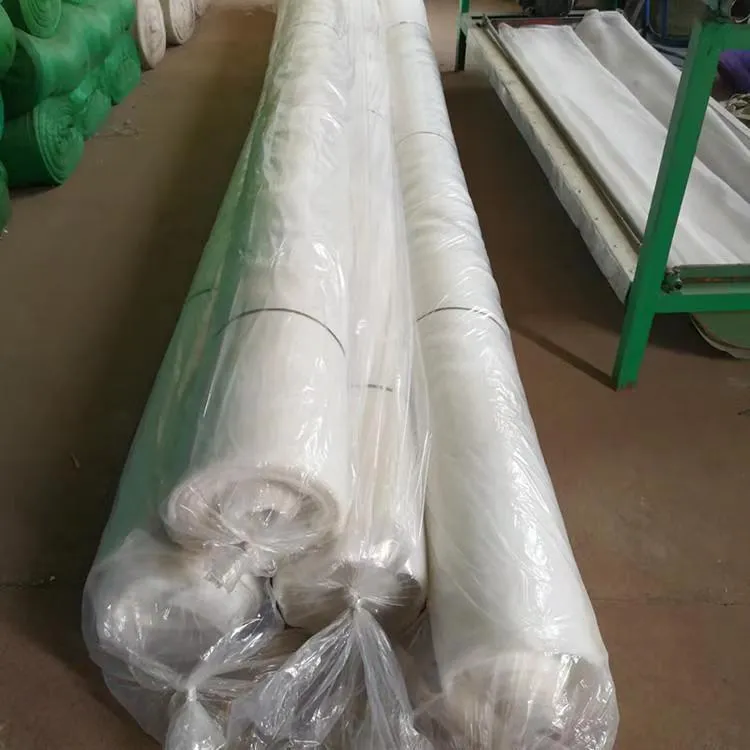-
 Afrikaans
Afrikaans -
 Albanian
Albanian -
 Amharic
Amharic -
 Arabic
Arabic -
 Armenian
Armenian -
 Azerbaijani
Azerbaijani -
 Basque
Basque -
 Belarusian
Belarusian -
 Bengali
Bengali -
 Bosnian
Bosnian -
 Bulgarian
Bulgarian -
 Catalan
Catalan -
 Cebuano
Cebuano -
 China
China -
 Corsican
Corsican -
 Croatian
Croatian -
 Czech
Czech -
 Danish
Danish -
 Dutch
Dutch -
 English
English -
 Esperanto
Esperanto -
 Estonian
Estonian -
 Finnish
Finnish -
 French
French -
 Frisian
Frisian -
 Galician
Galician -
 Georgian
Georgian -
 German
German -
 Greek
Greek -
 Gujarati
Gujarati -
 Haitian Creole
Haitian Creole -
 hausa
hausa -
 hawaiian
hawaiian -
 Hebrew
Hebrew -
 Hindi
Hindi -
 Miao
Miao -
 Hungarian
Hungarian -
 Icelandic
Icelandic -
 igbo
igbo -
 Indonesian
Indonesian -
 irish
irish -
 Italian
Italian -
 Japanese
Japanese -
 Javanese
Javanese -
 Kannada
Kannada -
 kazakh
kazakh -
 Khmer
Khmer -
 Rwandese
Rwandese -
 Korean
Korean -
 Kurdish
Kurdish -
 Kyrgyz
Kyrgyz -
 Lao
Lao -
 Latin
Latin -
 Latvian
Latvian -
 Lithuanian
Lithuanian -
 Luxembourgish
Luxembourgish -
 Macedonian
Macedonian -
 Malgashi
Malgashi -
 Malay
Malay -
 Malayalam
Malayalam -
 Maltese
Maltese -
 Maori
Maori -
 Marathi
Marathi -
 Mongolian
Mongolian -
 Myanmar
Myanmar -
 Nepali
Nepali -
 Norwegian
Norwegian -
 Norwegian
Norwegian -
 Occitan
Occitan -
 Pashto
Pashto -
 Persian
Persian -
 Polish
Polish -
 Portuguese
Portuguese -
 Punjabi
Punjabi -
 Romanian
Romanian -
 Russian
Russian -
 Samoan
Samoan -
 Scottish Gaelic
Scottish Gaelic -
 Serbian
Serbian -
 Sesotho
Sesotho -
 Shona
Shona -
 Sindhi
Sindhi -
 Sinhala
Sinhala -
 Slovak
Slovak -
 Slovenian
Slovenian -
 Somali
Somali -
 Spanish
Spanish -
 Sundanese
Sundanese -
 Swahili
Swahili -
 Swedish
Swedish -
 Tagalog
Tagalog -
 Tajik
Tajik -
 Tamil
Tamil -
 Tatar
Tatar -
 Telugu
Telugu -
 Thai
Thai -
 Turkish
Turkish -
 Turkmen
Turkmen -
 Ukrainian
Ukrainian -
 Urdu
Urdu -
 Uighur
Uighur -
 Uzbek
Uzbek -
 Vietnamese
Vietnamese -
 Welsh
Welsh -
 Bantu
Bantu -
 Yiddish
Yiddish -
 Yoruba
Yoruba -
 Zulu
Zulu
Innovative Solutions for Protecting Crops with Agricultural Shade Netting Techniques
The Importance of Agricultural Shade Netting in Modern Farming
Agricultural shade netting has emerged as a vital tool in contemporary farming practices, addressing various challenges faced by growers around the world. This innovative solution is designed to provide a controlled environment for crops, offering protection from excessive sunlight, harsh weather conditions, and pests. As climate change continues to impact agricultural productivity, the implementation of shade netting is becoming increasingly significant in promoting sustainable farming practices.
The primary function of agricultural shade netting is to regulate the amount of sunlight that reaches the plants. Different crops have varying light requirements, and excessive sun exposure can lead to plant stress, scorching, and reduced yields. Shade netting can filter sunlight and provide the optimal light intensity required for photosynthesis, thereby enhancing plant growth and improving overall productivity. Depending on the degree of shading required, growers can choose from a range of netting options, typically available in various percentages (e.g., 30%, 50%, or 70% shade). This flexibility allows farmers to tailor their shade solutions to specific crop needs and microclimate conditions.
In addition to light regulation, shade netting offers protection from adverse weather conditions. Severe weather events such as hail, heavy rain, and strong winds can devastate crops and severely impact farming operations. Shade netting acts as a physical barrier, safeguarding plants from these threats and reducing the risk of crop loss. Moreover, it helps maintain a more stable microclimate around the plants by reducing temperature fluctuations, which further supports healthy growth.
Pest management is another critical aspect of modern agriculture where shade netting plays a pivotal role. By creating a physical barrier against flying pests, shade netting can significantly reduce the incidence of pest infestations. This not only decreases the reliance on chemical pesticides but also promotes a more environmentally friendly approach to farming. Furthermore, it can help in controlling weeds by blocking sunlight from reaching the ground, thereby reducing weed growth and minimizing competition for resources.
agricultural shade netting

The use of shade netting is also essential in conserving water resources. In many regions, water scarcity is a significant challenge for farmers. By creating a shaded environment, shade netting helps to reduce evaporation rates and maintain soil moisture levels. Consequently, this leads to more efficient water use, allowing growers to sustain their crops with less irrigation. In a world increasingly focused on sustainability, optimizing water usage through practices such as shade netting is crucial for ensuring the health of both crops and the environment.
Implementing shade netting can also enhance the quality of produce. Vegetables and fruits grown under shade nets often experience less sunburn, yielding products that are more visually appealing and have better flavor profiles. As consumers become increasingly conscious of quality, using shade netting to improve crop quality can lead to higher market prices and greater economic returns for farmers.
Finally, the adoption of agricultural shade netting aligns with the global push towards sustainable and resilient farming practices. By incorporating this technology, farmers can improve productivity while minimizing environmental impacts. The use of shade netting supports the goals of sustainable agriculture, enabling farmers to adapt to changing climate conditions while ensuring food security for a growing population.
In conclusion, agricultural shade netting is not just a protective measure; it is a comprehensive solution that addresses multiple facets of modern farming. From optimizing sunlight exposure and weather protection to enhancing pest management and conserving water resources, shade netting holds immense potential in supporting sustainable agriculture. As the agricultural sector continues to evolve, the integration of innovative technologies like shade netting will be essential in ensuring a resilient and productive future for farmers worldwide.
-
Stainless Steel Mesh SolutionsNewsMay.06,2025
-
Protecting Your Farm with Smart SolutionsNewsMay.06,2025
-
Practical Mesh Solutions for Your Home and GardenNewsMay.06,2025
-
Nylon Mesh SolutionsNewsMay.06,2025
-
Fish Breeding Nets for AquariumsNewsMay.06,2025
-
Essential Mesh Solutions for ConstructionNewsMay.06,2025











